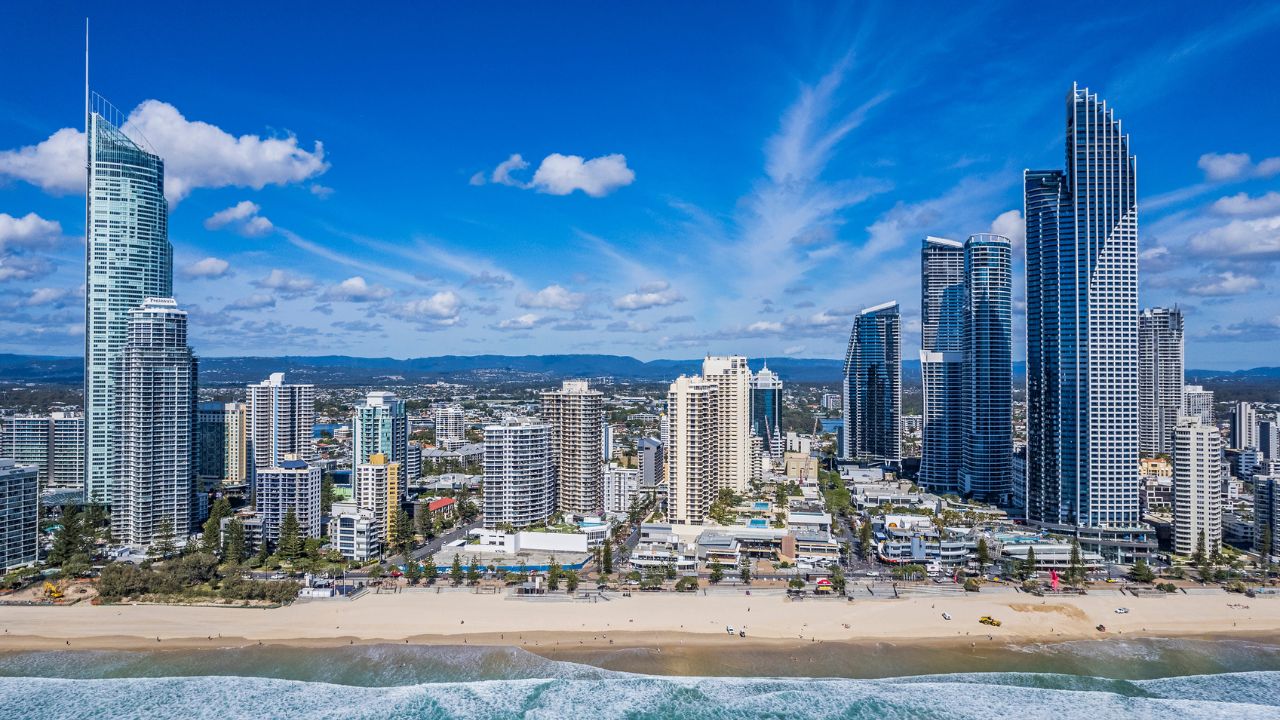Ray White Group Chief Economist, Nerida Conisbee, revealed that Gold Coast units now command a median price of $956,000, edging past Sydney’s $927,000, though Sydney remains the nation’s most expensive city for houses.
“The recent surge in apartment values shows just how strong demand has become in south-east Queensland,” Ms Conisbee said.
“Gold Coast house and unit prices are climbing again after briefly slowing mid-year, driven by population growth, easing rates, and a persistent shortage of new homes.”
Ms Conisbee said there were several factors fuelling this strong growth, including the impact of interest rate cuts.
“Three rate cuts so far this year have provided a meaningful boost to borrowing capacity, and markets are now pricing in a possible fourth in November,” she said.
Migration continues to play a crucial role in the region’s property boom, with the Gold Coast attracting residents from across Australia and internationally.
“The region is attracting new residents from across Australia and overseas, drawn by lifestyle, climate, and improving infrastructure,” Ms Conisbee said.
“Population growth in the Gold Coast and broader southeast Queensland remains among the fastest in the country, yet new housing supply is failing to keep pace.”

According to Ms Conisbee, the city has undergone a remarkable transformation over the past five years, with luxury coastal development driving much of the price growth.
“Main Beach now leads the city, with a median unit price of $1.73 million following a $880,000 rise over the past decade,” she said.
“Close behind are Burleigh Heads and Palm Beach, where median unit prices have climbed by $760,000 and $740,000, respectively. Currumbin-Tugun has also surged, with prices up 134 per cent over the decade.”
The data reveals a broad strength across the city’s prime coastal corridor, with suburbs including Miami, Coolangatta, Mermaid Waters, and Paradise Point all recording substantial gains between $670,000 and $700,000 since 2015.
Ms Conisbee identified downsizers and interstate buyers as key drivers of demand in the premium market.
“Demand is being led by downsizers and interstate buyers from Sydney and Melbourne who are willing to pay premium prices for waterfront living,” she said.
“Developers have responded with a wave of high-end apartment projects offering resort-style amenities and large floorplates, a product now synonymous with the modern Gold Coast skyline.”
Construction challenges remain a significant factor in the market’s supply constraints, particularly for affordable housing options.
“While construction costs are starting to moderate nationally, they remain high in Queensland, limiting the viability of lower-priced developments,” Ms Conisbee said.
“This means new stock under $750,000 is now almost impossible to deliver without significant incentives or planning flexibility.”
The market is seeing increased activity from both investors and first-home buyers, with investor lending in Queensland reaching record levels.
“Rising rents and tight vacancy rates continue to attract investors seeking both income and capital growth potential,” she said.
“A growing number of first-home buyers are turning to the city’s apartment market, where smaller holiday units are being converted into permanent homes.”
Looking ahead, Ms Conisbee believes the supply constraints will continue to support the Gold Coast’s position as Australia’s most expensive unit market.
“The key constraint for the Gold Coast remains supply. Despite strong demand and a robust development pipeline on paper, the number of completed dwellings continues to fall short of what is needed to house a rapidly growing population,” she said.
“The Gold Coast’s median unit price now leads the nation, and that position is unlikely to shift soon. Price growth may moderate as more projects are completed, but without a substantial lift in new construction, the imbalance between demand and supply will remain the defining feature of the market through 2026.”

